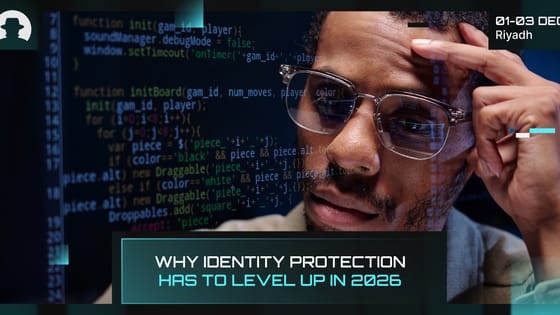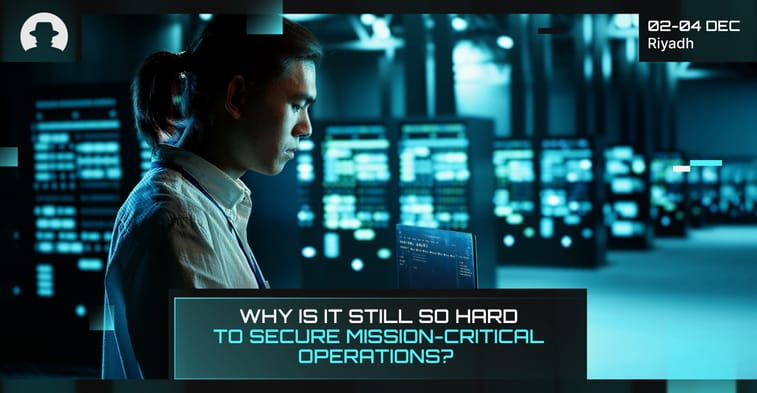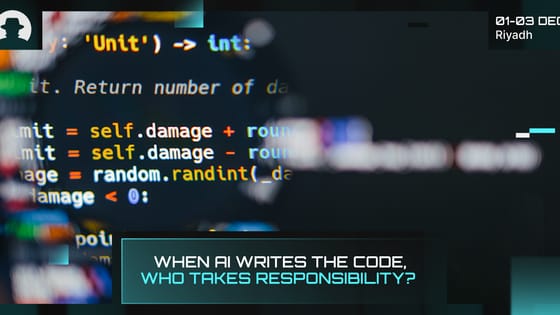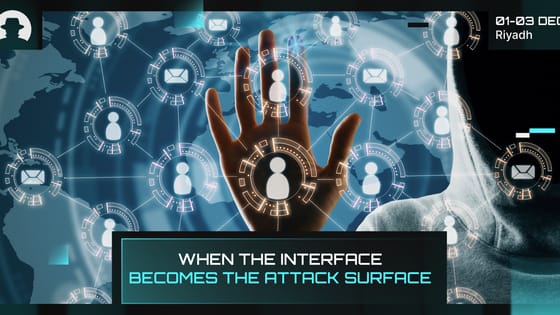
Why identity protection has to level up in 2026
Identity fraud in 2026 is AI-driven, industrial and costly. Learn how deepfakes, fraud rings and new cyber insurance rules are changing identity protection.
Read More
In July 2025, IBM’s annual Cost of a Data Breach report delivered a rare glimmer of good news: for the first time in five years, the global average cost of a breach dropped – from USD $4.45M to $4.44M. Breach lifecycles also shrank, with organisations taking an average of 17 fewer days to identify, contain, and recover.
It’s progress. But it’s definitely not the full picture.
Despite modest improvements in breach metrics, the day-to-day experience of cybersecurity leaders tells a more complex story. According to new research by BitSight, 90% of surveyed cyber and risk professionals say their jobs are harder than they were five years ago. And AI is a significant driver of that pressure – cited by 39% of respondents as a core factor making cyber risk management more difficult.
So, what’s going on? Why does everything still feel so hard, even when some metrics improve?
A new Ponemon Institute report, titled The State of Mission-Critical Work, offers one explanation: our most vital workflows are still vulnerable – and we’re struggling to secure them.
According to Ponemon, 64% of organisations experienced at least one disruption or failure in their mission-critical workflows in the past 12 months. Most of them experienced more than one.
And the leading cause of those failures were cyberattacks, cited by 50% of respondents – slightly edging out system glitches (49%). These aren’t minor outages: 62% of respondents say that workflow failures led to the leakage of high-value information assets, while 58% experienced data centre downtime, and 46% said the incident directly affected their organisation’s survivability.
The financial impact of these disruptions is significant. While not every incident results in a public breach, the internal costs are still high. According to Ponemon’s data:
But only 53% of organisations actually measure the cost of mission-critical workflow failures – which suggests that many might not fully grasp the risks they face.
One of the more surprising findings is that only 16% of organisations say their CISO is primarily responsible for ensuring mission-critical workflows are executed securely. The most common answer is ‘Business unit leaders’ (26%).
This disconnect may explain why security isn't fully embedded in the design and execution of vital operational systems. When we speak to CISOs at Black Hat MEA, they remind us over and over again that when they’re sidelined from mission-critical functions, risk visibility decreases – and so does preparedness.
Only 34% of the organisations surveyed by Ponemon rate themselves as effective at prioritising critical communications during incidents. The top barriers to secure, continuous operations appear to be:
It’s a reminder that cybersecurity resilience is as much an organisational challenge as a technical one. Collaboration, communication, and structure matter.
51% of organisations say they’ve adopted AI to support mission-critical workflows; most often to automate repetitive tasks and secure data processed by LLMs. But this adoption is not without risks:
With the use of LLMs rising across operations, securing the AI layer is fast becoming a mission-critical task in itself.
Only 56% of organisations have a dedicated team to manage and secure mission-critical workflows. Those that do report:
Yet 44% of organisations still operate without such a team – and most of them say it’s very or highly difficult to manage their critical workflows effectively.
We can take comfort (at least for a second or two) in declining breach costs or shortened response times. But if cyber and risk leaders are telling us their work is harder, and the systems they protect are still failing under pressure, then the story is far from simple.
To truly improve security, we have to protect what matters most: the work that keeps our organisations running. And that means embedding cybersecurity into the heart of our operations consistently and diligently.
Join the newsletter to receive the latest updates in your inbox.

Identity fraud in 2026 is AI-driven, industrial and costly. Learn how deepfakes, fraud rings and new cyber insurance rules are changing identity protection.
Read More
New research from Veracode and Gartner shows that while AI is accelerating software development, it’s also accelerating risk.
Read More
Three recent campaigns (Tsundere, Matrix Push C2, and Sturnus) show attackers shifting command-and-control and data theft into places we treat as harmless UX plumbing.
Read More